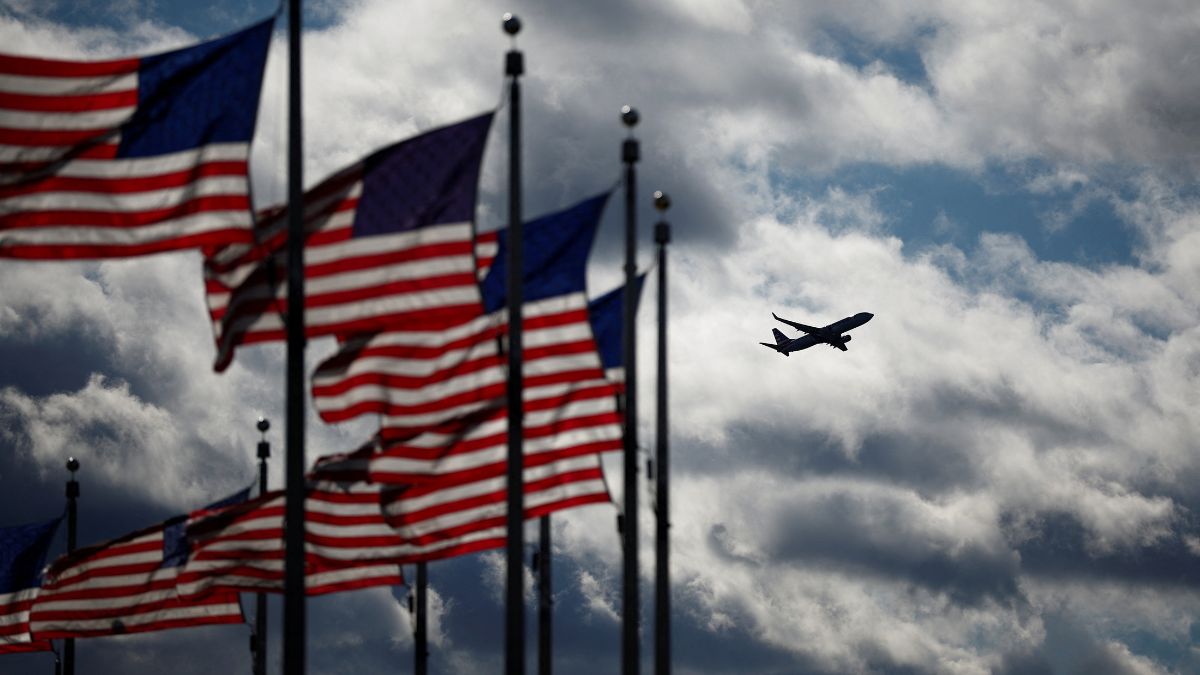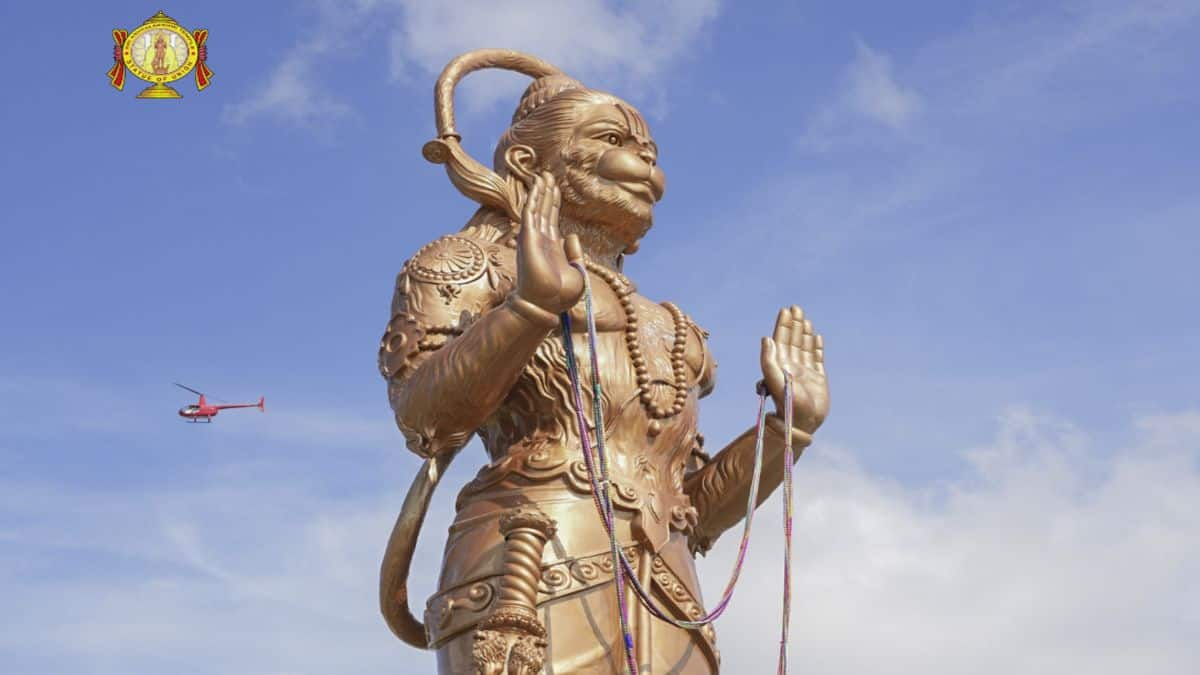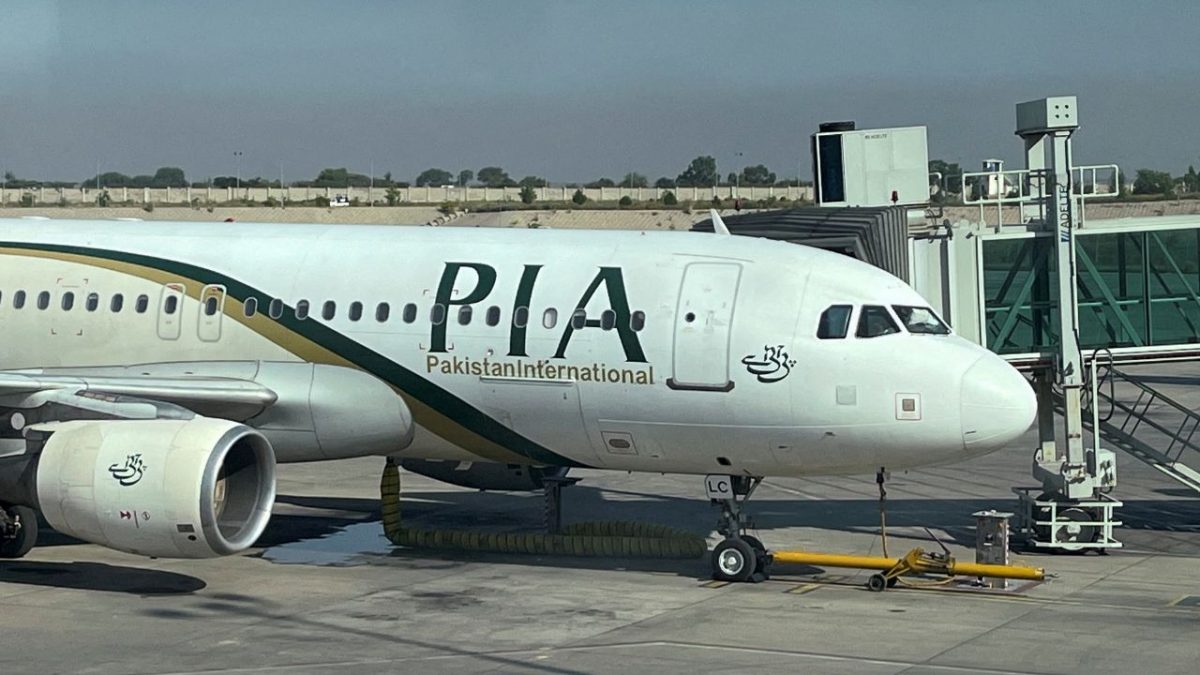United States President Donald Trump introducing a $100,000 fee for every new H-1B visa application is largely being viewed through the lens of its impact on the technology industry, but experts are also warning that it could have serious consequences for US hospitals, universities and small businesses, particularly those that depend on foreign professionals to fill essential positions.
The rule, which came into effect on Sunday, applies only to new H-1B visa applicants and not to those seeking renewals or currently holding valid visas. The White House clarified that the fee will be one-time and not annual.
According to officials, the fee will first apply in the 2026 H-1B application cycle, giving organisations some time to prepare for the dramatic increase in costs.
How H-1B visas are a pipeline of skilled talent in the US
The H-1B visa programme has long been the primary pathway for US employers to hire foreign workers with specialised skills, particularly in the science, technology, engineering, and mathematics (STEM) fields, as well as healthcare and life sciences.
Each year, thousands of professionals from around the world apply for H-1B visas to work in the United States, filling roles where domestic supply of talent falls short.
According to government data, India remains the dominant source of H-1B workers, accounting for 71 per cent of approved beneficiaries last year, with China in second place at 11.7 per cent.
This shows the deep dependence of US industries on Indian talent. In sectors like technology, Indian professionals are especially prominent, often deployed by major firms to handle high-value, onshore client projects.
However, the importance of H-1B workers extends far beyond tech. International medical graduates (IMGs), many of whom enter the US healthcare system through H-1B visas, are a vital part of the country’s healthcare infrastructure.
Likewise, universities and research institutions rely heavily on foreign talent for teaching and research positions.
How this will affect the US healthcare sector
The US is already grappling with a growing shortage of physicians, nurses, and other healthcare professionals. Many hospitals, especially those in rural and underserved urban areas, rely heavily on foreign-trained workers to fill critical roles.
A 2024 analysis by the Migration Policy Institute and US Bureau of Labor Statistics found that one in five immigrant doctors in the US is of Indian origin.
In total, 176,000 Indian healthcare professionals account for 7 per cent of the country’s immigrant healthcare workforce, making India a key contributor to staffing hospitals and clinics.
India is also the second-largest source of nurses, behind only the Philippines.
The scale of reliance is evident in residency programmes, which serve as the entry point for many international medical graduates.
In 2024 alone, nearly 5,000 Indian doctors applied for residency positions in the US, which are crucial for gaining clinical experience and meeting licensing requirements.
Each year, more than 10,000 residency spots are filled by doctors on H-1B visas.
According to India Today, these positions are typically low-paying, with salaries ranging between $55,000 and $70,000 annually.
The introduction of a $100,000 fee per visa application could make it financially impossible for hospitals to recruit international residents, many of which already operate on narrow margins.
Without foreign-trained physicians, rural and inner-city hospitals could face staffing crises. In 2023 alone, 8,200 H-1B visas were approved for roles in general medicine and surgical hospitals, highlighting just how integral these professionals are to the US healthcare system.
The potential fallout is stark: a long-standing projection estimates that by 2034, the US could face a shortage of 124,000 doctors.
This new visa rule could accelerate that timeline, leaving vulnerable communities without adequate medical care.
How this has put universities & research programmes at risk
Universities and non-profit research organisations rely on foreign talent to advance scientific and academic work. Historically, many such institutions have been exempt from paying H-1B visa fees, but the future of these exemptions remains unclear under the new rule.
According to Mint, data from the US Citizenship and Immigration Services (USCIS) FY24 report illustrates the scale of these exemptions:
23,560 applications were exempt because they were filed by institutions of higher education.
19,000 applications were exempt because the employer was a non-profit or affiliated with a university.
6,598 applications were exempt for non-profit research or government organizations.
Over 10,000 applications were exempt because the employer was involved in clinical training.
If these exemptions are removed, universities could struggle to recruit international professors, researchers, and graduate students, while research programmes in areas such as pharmaceuticals, biotechnology, and public health may face disruptions.
India has emerged as a global hub for life sciences research and support services, with 23 of the world’s top 50 life sciences companies operating Global Capability Centers (GCCs) in India, according to a report by EY India.
These centers handle over 60 per cent of critical functions like finance, HR, supply chain, and IT, as well as high-level mandates such as regulatory affairs and commercial strategy.
Each year, India produces 2 million STEM graduates and over 110,000 medical graduates, forming a vast talent pool for research-driven industries.
How this will impact the tech industry
The tech sector has historically been the largest consumer of H-1B visas, with companies like Amazon, Microsoft, and Meta among the top petitioners.
Data from the first half of 2025 shows Amazon and its cloud computing arm AWS securing over 12,000 H-1B approvals, while Microsoft and Meta each received more than 5,000 approvals.
While larger firms with deep resources may absorb the costs, smaller tech companies and start-ups are expected to be hit hardest.
Indian IT services companies, which send thousands of professionals to the US each year, are also grappling with the implications of this shift.
According to Nasscom, India’s premier IT industry body, the sector has been actively reducing its dependence on H-1B visas by expanding local hiring and investing in domestic upskilling programmes.
“The industry is spending more than $1 billion on local upskilling and hiring in the U.S., and the number of local hires has increased tremendously,” Nasscom said in a statement.
Despite these efforts, the stakes remain high. India’s IT industry is valued at $283 billion, with approximately 57 per cent of its revenue derived from US-based projects.
Even though the fee will not apply to renewals or existing visa holders, analysts warn that a $100,000 charge for new visas is prohibitively expensive, especially for companies reliant on rotating staff between onshore and offshore locations.
With inputs from agencies


)

)
)
)
)
)
)
)
)



